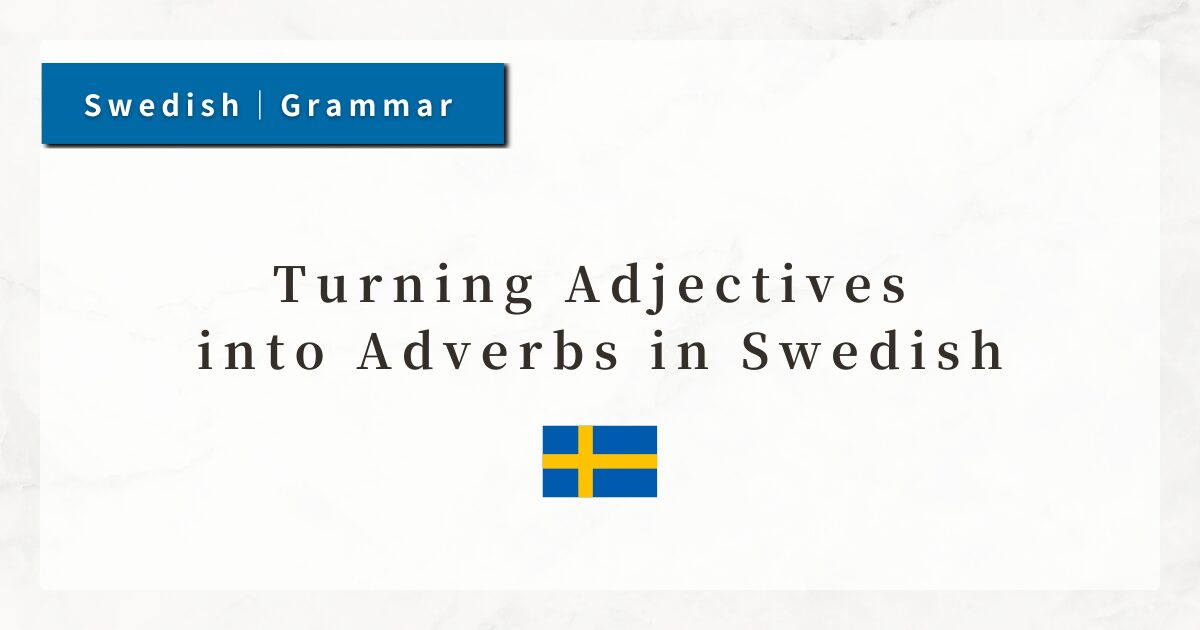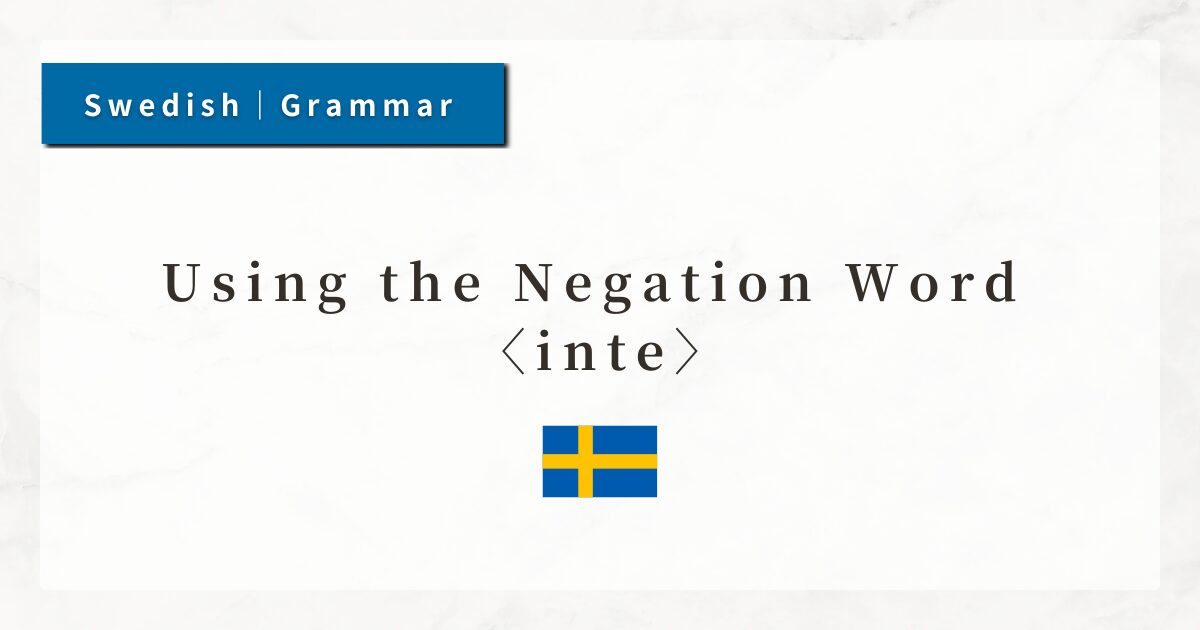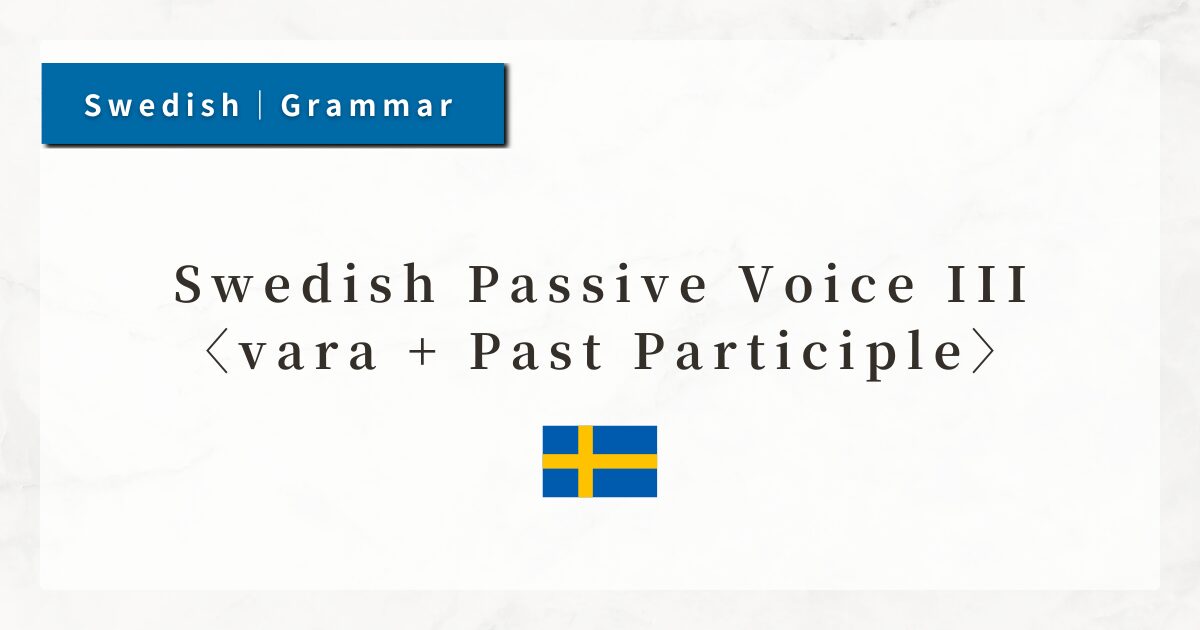#39 Turning Adjectives into Adverbs in Swedish|Rules and Examples

In Swedish, just like in English, adjectives can be turned into adverbs. For example, in English we have quick (adjective) → quickly (adverb), by adding the suffix -ly.
In Swedish, when forming an adverb from an adjective, you generally add -t to the basic form of the adjective.
In this lesson, I will explain how adjectives become adverbs, the rules of usage, word order in sentences, and important points to keep in mind.
1. The Role of Adjectives and Adverbs
In Swedish grammar, adjectives and adverbs are closely related. Both describe qualities or states, but they have different functions.
- Adjectives: modify nouns.
- Adverbs: modify verbs, adjectives, or other adverbs.
Thus, you must distinguish between adjectives and adverbs based on what they are modifying.
2. Basic Rule for Forming Adverbs from Adjectives
Adjectives in Swedish change endings depending on the gender and number of the noun they describe. When used as adverbs, however, they normally take the neuter singular form (ending in -t).
In other words, to form an adverb, you add -t to the basic form of the adjective.
| Adjective | Adverb |
|---|---|
| en snabb bil (a fast car) | Han springer snabbt. (He runs fast.) |
| en långsam sång (a slow song) | Hon talar långsamt. (She speaks slowly.) |
| en vacker blomma (a beautiful flower) | Hon sjunger vackert. (She sings beautifully.) |
3. How Adverbs Are Used
Adverbs play an important role in supporting the overall meaning of a sentence.
Their position is relatively flexible, but they most often appear either directly after the verb or at the end of the sentence.
3-1. Modifying a Verb (most common)
- Han pratar tydligt.
(He speaks clearly.) - De arbetar effektivt.
(They work efficiently.)
Here, the adverb comes after the verb, which is the typical word order.
3-2. Modifying an Adjective (expressing degree)
- Det är väldigt kallt idag.
(It is very cold today.) - Hon är otroligt snäll.
(She is incredibly kind.)
Adverbs modifying adjectives express how much / to what degree something is true.
3-3. Modifying Another Adverb
- Han talar mycket långsamt.
(He speaks very slowly.) - Jag tränar riktigt hårt.
(I train really hard.)
By modifying other adverbs, they provide additional nuance or emphasis.
4. Summary
- In Swedish, adjectives often become adverbs by taking the neuter form (-t).
- Adverbs can modify verbs, adjectives, or other adverbs.
- Word order is flexible, but they are usually placed after the verb or at the end of the sentence.
- Always pay attention to whether a word is modifying a noun (adjective) or a verb/adjective/adverb (adverb).




